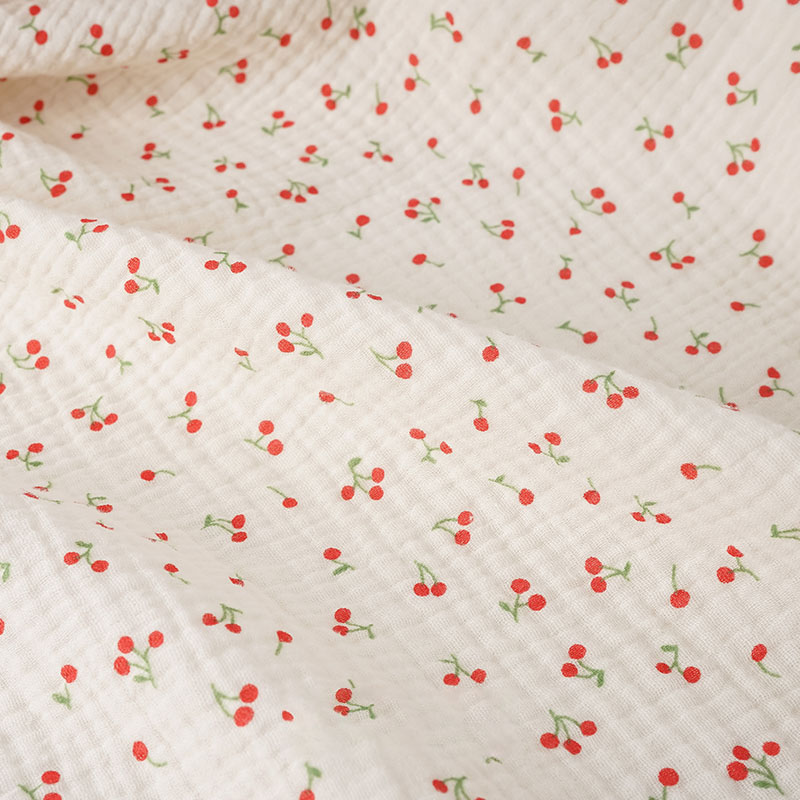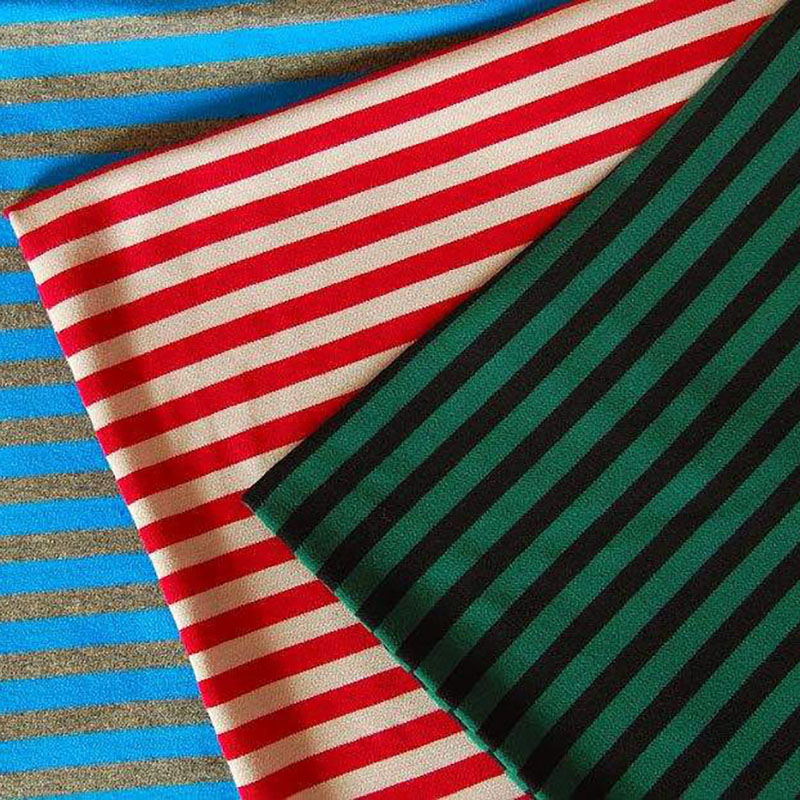Fabric printing technology has made significant strides over the years, yet it poses substantial environmental challenges. In this article, I will discuss the impacts of these technologies on the environment and explore possible improvements that can lead us towards more sustainable practices.
Traditionally, fabric printing involved methods that consumed vast amounts of water and energy, while also releasing a myriad of harmful chemicals into the environment. For instance, the early 20th century saw the introduction of synthetic dyes, which, although vibrant, contributed heavily to pollution.

Despite advancements, contemporary fabric printing still presents ecological challenges. The use of non-biodegradable inks and excessive water use are critical concerns that exacerbate environmental degradation. The textile industry is one of the top polluting industries globally, highlighting the urgent need for sustainable solutions.
In response to these issues, companies and researchers are developing innovative solutions. Eco-friendly inks, such as those derived from natural sources, are gaining popularity. Additionally, digital printing technologies reduce water consumption significantly compared to traditional printing methods.

The future of fabric printing rests on continued innovation and adherence to eco-friendly practices. It is imperative for industry stakeholders to embrace sustainable technologies, improve recycling processes, and invest in renewable resources.
Understanding the impact of fabric printing technology on environmental sustainability is crucial for driving change within the industry. By advocating for sustainable practices and technologies, we can significantly reduce our ecological footprint and contribute to a healthier planet.

